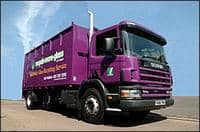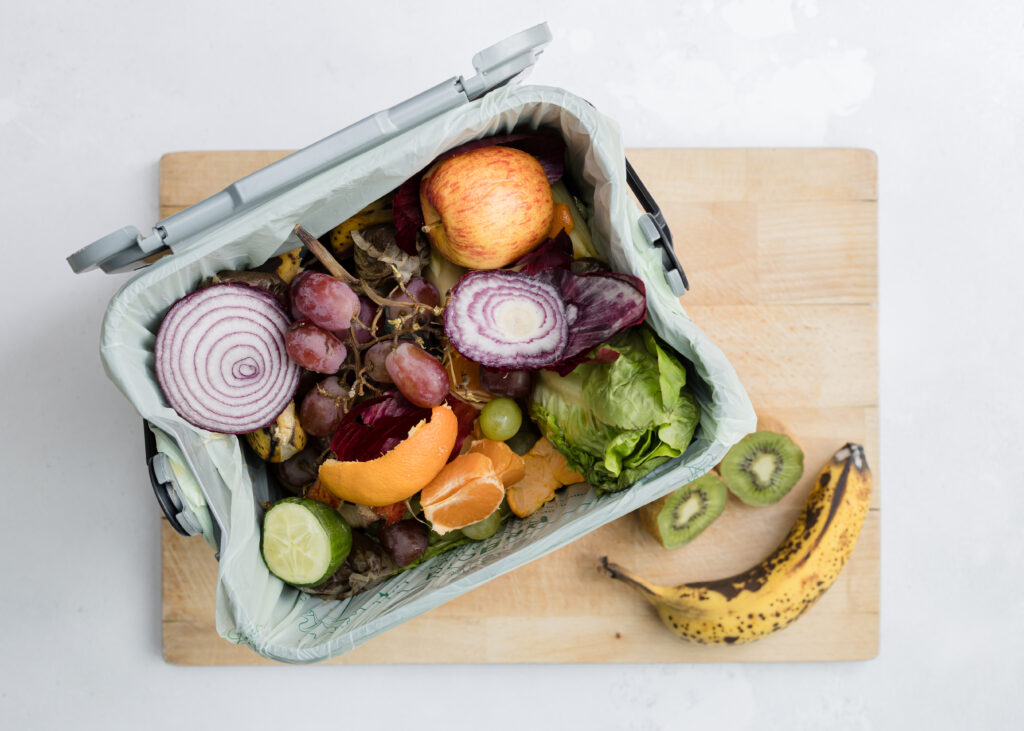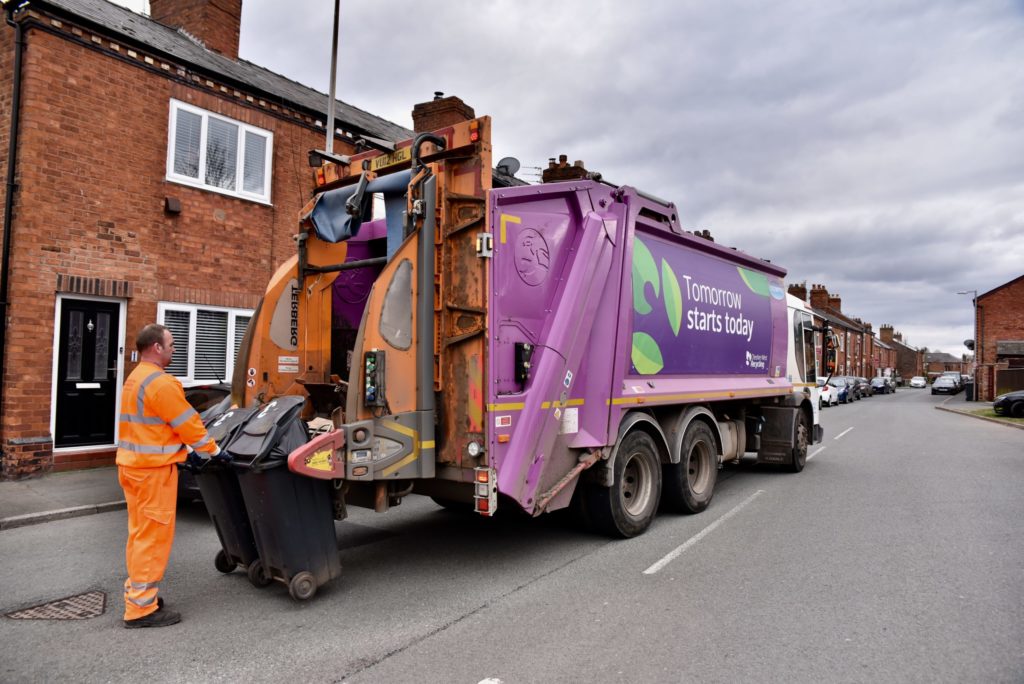Not only has the government broken its habit of setting packaging waste recovery targets mid-way through the year in which they must be reached, but Valpak is also now intent on moving into waste electronics compliance.
Add to that the aim of strengthening links with WRAP, a membership recruitment drive in Scotland and moves to improve retail bring bank design, there is plenty on the plate of Valpak's new chief executive, Steve Gough.
Having first joined Valpak as IT director in May 2000, Mr Gough was director of operations from April 2002, responsible for running the procurement and materials arm of the compliance scheme.
This experience, he believes, means that in an increasingly competitive market, the compliance scheme can be confident going forward.
He says: “The important things for us going forward is maintaining a strong membership base and shaving costs. Our 3,000-strong membership is looking good for up to 2006, but the marketplace is becoming more competitive – we have to face up to that challenge.”
In maintaining – and growing – Valpak's membership base, the scheme is looking to carry out a recruitment drive in Scotland, and although Valpak is not as active in Northern Ireland, Mr Gough says a membership drive there “is something we should consider”.
The government's early announcement of targets for the five years to 2008 came as one piece of good news, and Valpak sees this as helping it to keep member compliance costs as low as possible.
“We have been lobbying hard on behalf of our members, making sure the PRN market works effectively. We're very pleased the targets were announced early. In the history of the PRN market, this is the most stable it has been – it's positive not only for Valpak, but for the market.”
Growth
The road to 2008 is not going to be easy, however, and Mr Gough notes that DEFRA's provisional figures reveal that a million-tonne reprocessing growth will be needed to reach the European Directive's demands in that year.
But, the Valpak chief is adamant: “We have a pretty good portfolio of (PRN supply) contracts, all the way up to 2006/07, with a lot of those being rolling contracts than can be extended past 2007/08. We're pretty bullish about our contract portfolio.”
This year's PRN market has not yet woken up, he says, but the new recovery targets for this year will see rises from the kind of PRN prices seen in in 2003, although energy recovery PRNs were likely to remain at a fairly low value. This is because DEFRA's decision to require 94% of all packaging waste recovery to be through material recycling rather than energy-from-waste recovery will reduce demand for EfW PRNs.
“We have to be very cautious about predictions,” Mr Gough says, “particularly since there is not likely to be much in the way of trading in the marketplace until April. What we will see is some divergence between the materials. They were all mostly at a similar level last year, but the biggest challenges this year will be glass and metals.”
Since half of all obligated businesses in the UK are Valpak members, and the compliance scheme has to secure 60% of all PRNs to meet these members' compliance needs, the scheme has to be quite pro-active in encouraging the growth of UK reprocessing.
In the glass stream, for example, predictions are that around 125,000 tonnes extra packaging will have to be recycled each year until 2008. That is twice the amount of glass that Valpak's commercial glass collection service Recycle-More-Glass was picking up before it was acquired by Berryman with a contract to supply PRNs in the deal.
“To start with,” Mr Gough says, “it is collections that need to increase. We have had long hard discussions with the glass industry about this. It seems clear there will become an excess of certain colours of glass and there will be a potential end market problem.”
Valient
Despite the sale of Recycle-More-Glass to Berryman, Valpak's own in-house recycling division, Valient Recycling Ltd (VRL), is playing its part in getting more packaging out of the waste stream. Acquiring material from local authorities and businesses to turn into PRNs for Valpak members, it is currently trading about 100,000 tonnes of material each year.
“It's a virtual organisation providing a service for our members,” Mr Gough explains. “VRL's aim is to break even, but it's an opportunity of getting material (from the waste stream) that we weren't getting before, meaning more PRNs that we wouldn't have had otherwise.”
Going forward, the plan is for Valient to work with more Valpak members to cut their waste management costs by increasing the recycling of their packaging waste – and benefiting from the extra PRNs.
Mr Gough also points to Valpak's consumer website, recycle-more.co.uk, as a key asset in growing the number of PRNs available by encouraging more householders to recycle their packaging. A big component of this is the website's bring bank locator, a searchable (by post code) database of recycling facilities in the UK.
“Recycle-More is about delivering the (recycling) message,” Mr Gough says, “but behind that is the bank locator to offset the members' interests. We had 100,000 hits in January and February, but we have to continually chase the data for new bring banks to provide the most up to date information.”
And, again working to exploit the household waste stream more effectively, Valpak is pushing its design work for bring bank sites – aiming to make recycling facilities more user-friendly. The scheme has been working with Tesco's stores in Hertfordshire to bring supermarket bring banks into the twenty-first century, and now believe they could offer the design concepts to local authorities for civic amenity sites.
Mr Gough explains: “Moving on from our front of store work with Tesco, we're looking to expand the range of styles to see if there's a market for this – for local authority civic amenity sites, too. It's about a design concept, making it easier for people to recycle and trying to bring longer life to the bring banks. The results have been very favourable.”
WRAP
The need for expanding the recycling of packaging materials has also, naturally, brought Valpak to view the Waste and Resources Action Programme (WRAP) as important. The government-funded market development agency is already working with Valpak on a commercial glass recycling project in Glasgow, and Mr Gough hopes this will be just the beginning of a working relationship with WRAP.
“We are trying to work more closely with WRAP,” he says, “that's one of the things I need to look at.”
Low-cost compliance up to 2008 will not only be about keeping the reprocessing figures growing year-on-year, however. Making sure those figures represent the true state of the market is also essential, Mr Gough says.
Although the Valpak chief executive believes industry concerns about potentially fraudulent wood PRNs went “way over the top”, Mr Gough is keenly awaiting the results of DEFRA's investigation into the inappropriate issuing of PRNs in the plastics sector. And he stresses the importance of the policy agreed by COSWIG – the Compliance Scheme Working Group – to carry out internal policing by rejecting PRNs thought to be questionable.
“We as an organisation have always been quite proud that we deal with the top end of the recycling industry,” he says, “but there is only so much the government can do.”
WEEE
Moving away from its core business of packaging, Valpak has its heart set on diversifying to provide more services for its members – including the handling of members' waste electrical and electronic equipment compliance.
The Department of Trade and Industry has until August this year to implement the European WEEE Directive into UK law, and Valpak sees plenty of opportunities arising.
“It's a learning curve for me,” Mr Gough admits, “but it's a potentially fascinating piece of legislation.”
Valpak believes about 500 of its 3,000 members will be directly affected by the regulations – about 40% of UK electronics producers and 70% of electronics distributors and retailers.
It has set up a WEEE member council to discuss the new legislation, and has submitted a response to the DTI's latest consultation on WEEE, which closed this week.
Valpak has expressed an interest in running the British Retail Consortium's proposed WEEE compliance scheme for handling collection obligations for retailers. In its submission to the government's consultation, it said costs of running such a scheme should not be capped, for example at a £10 million level, but should be performance-related and subject to market forces.
And, it said local authorities should bid for funding from the scheme to supply collection facilities in competition with other potential suppliers. The retailer's compliance scheme would work closely with the government's proposed 'Clearing House' for administering responsibilities between competing electronics manufacturer compliance schemes, it said.
Although European electronics manufacturers have begun to form their own compliance schemes over the past few months, the Valpak chief executive believes there may still be a role for it to play in that direction, too. He says the new manufacturers' schemes may need assistance providing transport coverage for the whole UK.
It may be re-casting itself as a “producer responsibility compliance scheme” from its origins as a packaging waste compliance scheme, but ultimately, Valpak considers it is still there to help its membership with their recycling needs, and any diversification into the WEEE arena will follow this core remit.
Mr Gough says: “The way we see diversification is: do we have the backing of the members? With something like WEEE we do – so we set up a WEEE member council. We see ourselves as facilitators of our members' interests.”












Subscribe for free